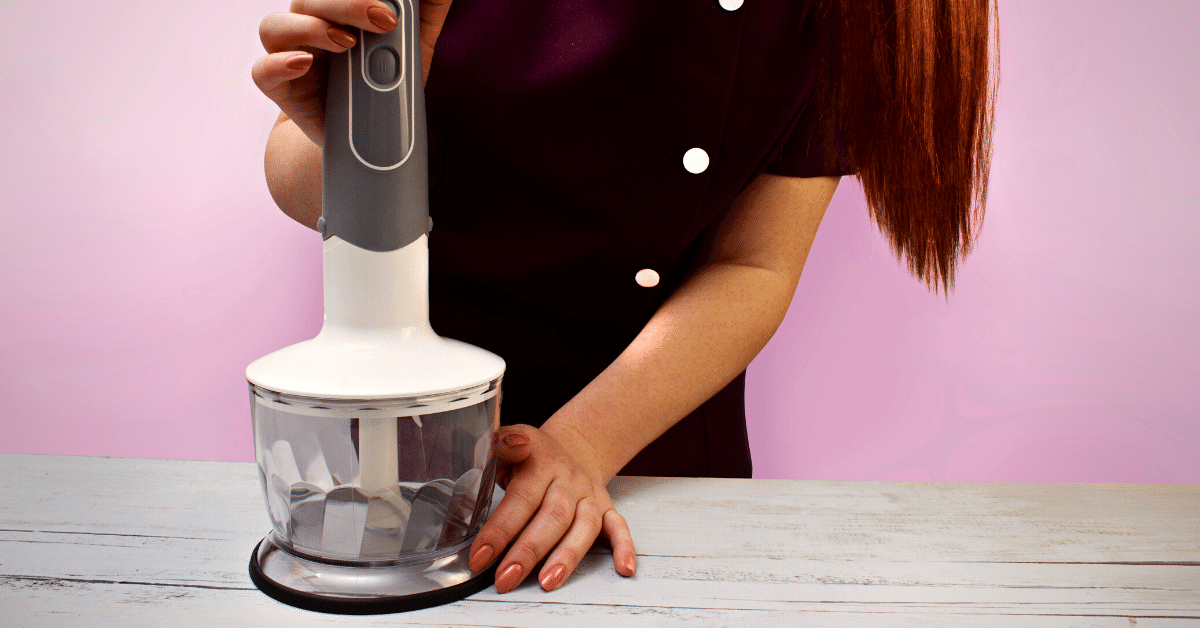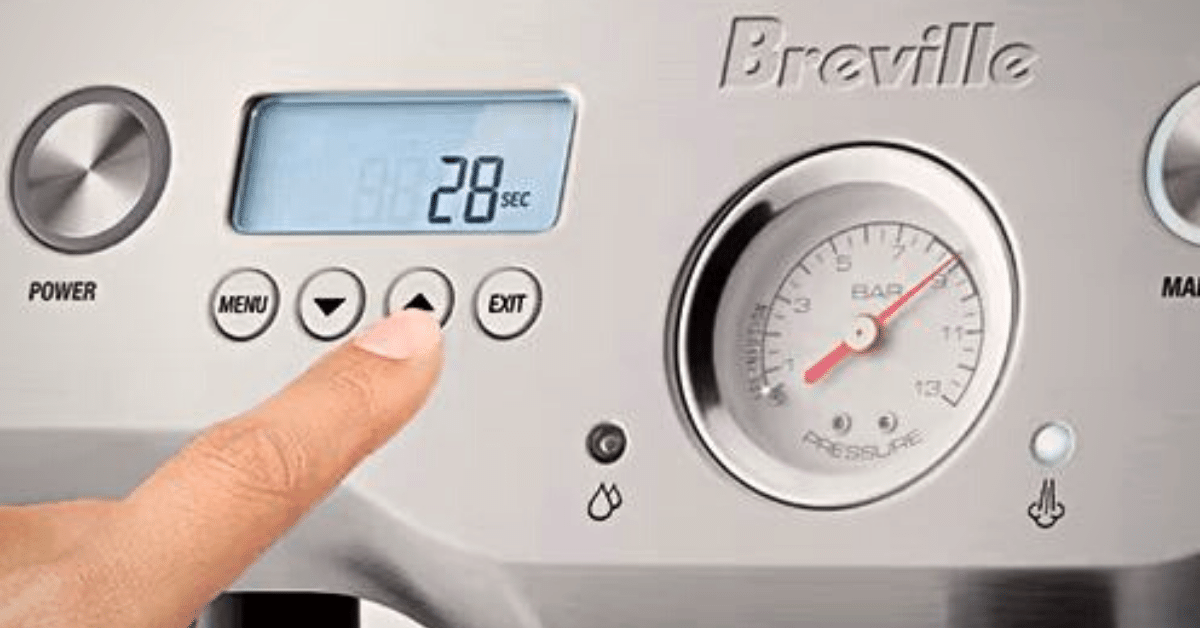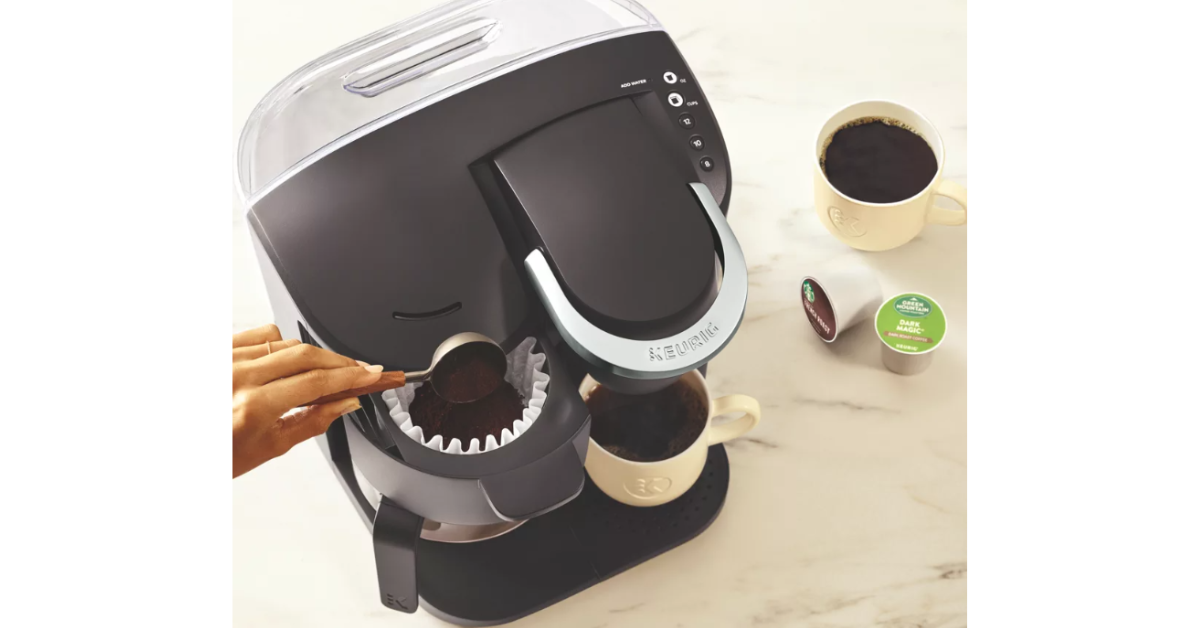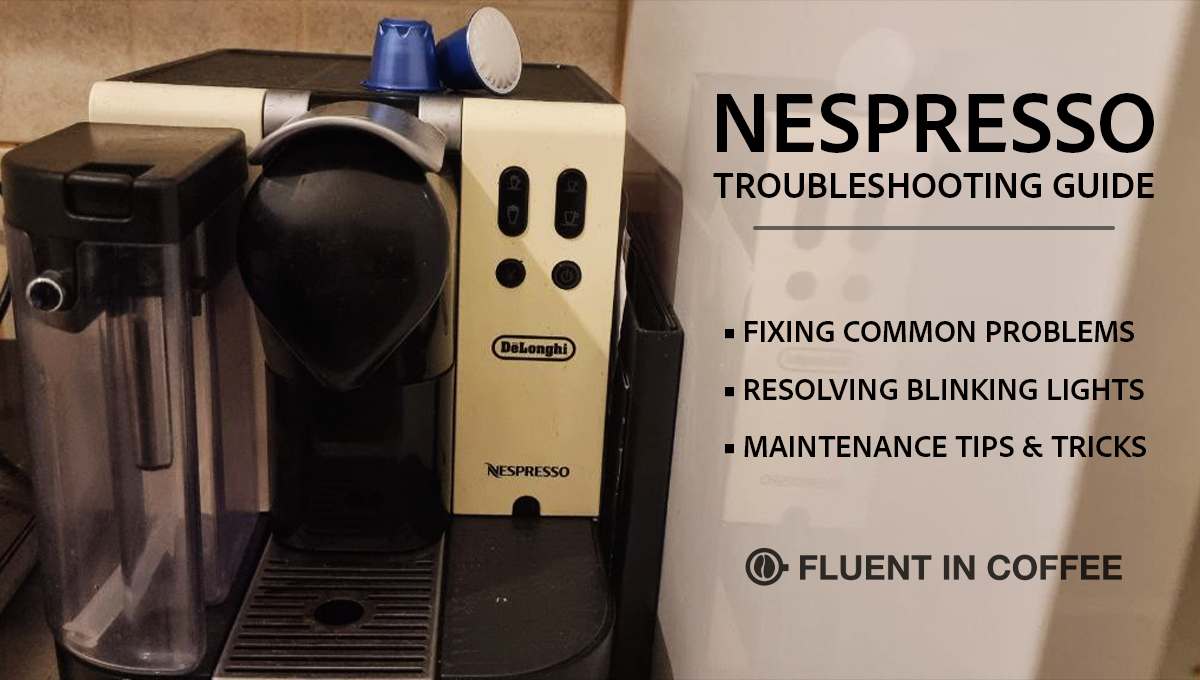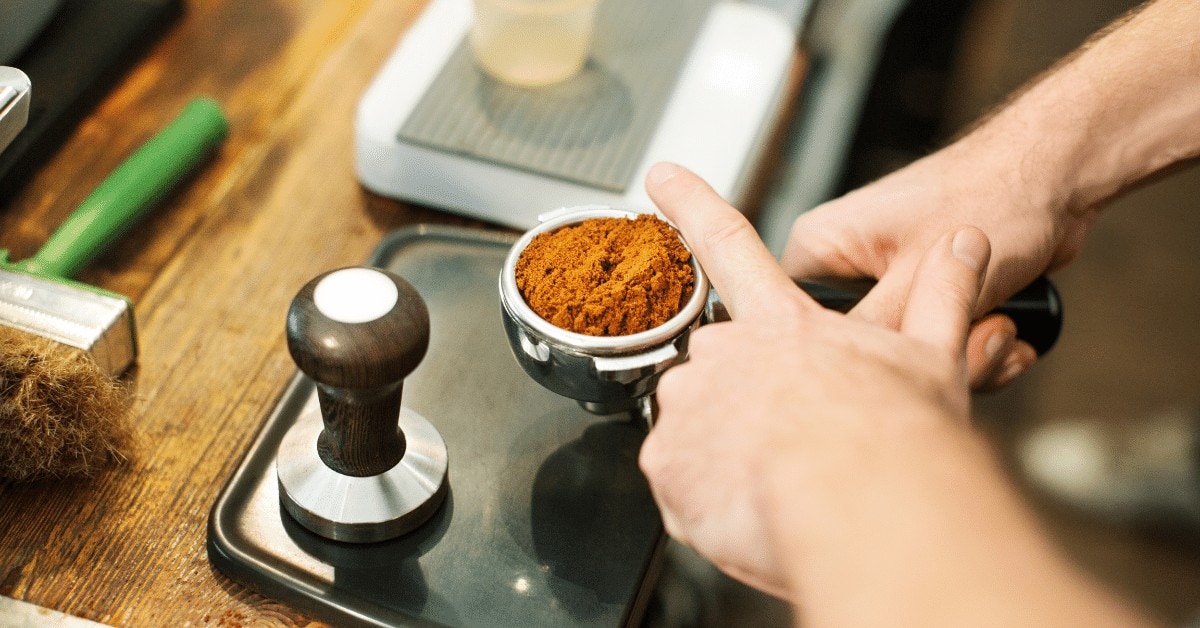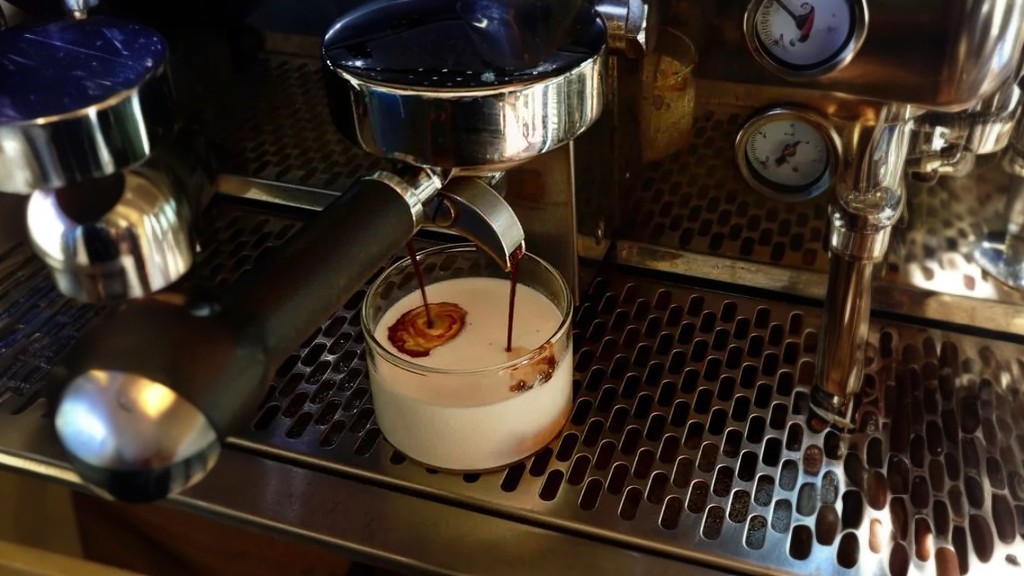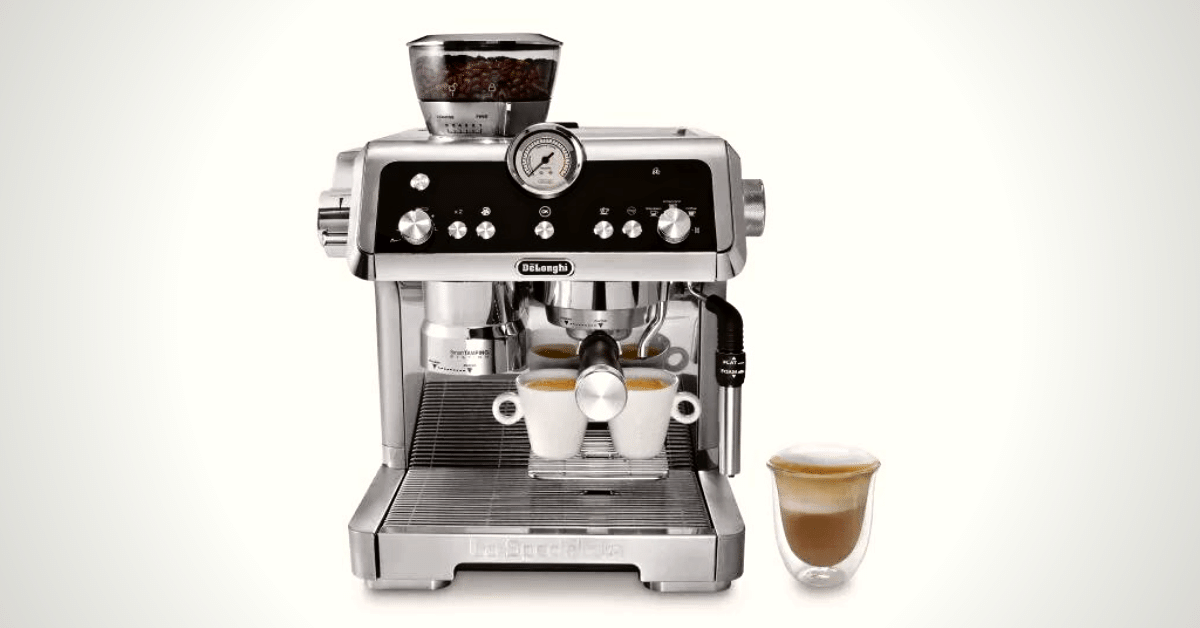Discover the convenience of coffee bean grinding with food processor. Learn how to achieve the perfect grind for your favorite brews and elevate your morning coffee experience.
A food processor is an irreplaceable tool in the kitchen.
It chops everything from tomatoes to walnuts.
But can you grind coffee beans in a food processor?
Short answer – yes.
But you need to know a few tips and tricks to actually make it work.
Here’s what I mean.
Can Coffee Bean Grinding With Food Processor Be Done?
A food processor is certainly an option for grinding coffee beans. It may not be the best option out there, but it’s pretty decent. And when you don’t have a grinder, it will work.
To make it perfectly clear, a food processor won’t achieve the consistent grind as a real coffee grinder would. But you can actually achieve a variety of different ground sizes.
Plus, its size allows you to make a large batch at a time. This is especially useful when you’re brewing coffee for a group of people.
Of course, that depends on the model you own. You see, some food processors have a pulse option, while others don’t.
You want this feature, as it helps you achieve more consistent results. We’ll get into details right now.
How to Grind Coffee Beans With a Food Processor?
First, you want to use a small number of coffee beans at a time.
Why?
Because the more beans you add, the harder it is for every single one of them to actually hit the blades inside the food processor. Thus, it’s harder to reach an even coffee grind.
So how small should you go?
It depends on the size of your food processor. But generally, I’d recommend grinding no more than ¼ cup of coffee beans at a time.
Also, I previously mentioned that you want a food processor with pulse settings on it.
The reason is simple. By using a pulse setting, you can control the grind size more easily. A food processor works fast, so you can go from coarse to finer grind within a blink of an eye.
And that’s not all.
Food processors feature metal blades.
When the processor is constantly working, those blades heat up. As they increase in temperature, they heat up and burn the coffee beans.
What if your food processor doesn’t have the pulse option?
It’s not that big of a deal.
Instead, you’ll just have to use the on and off buttons every 1-2 seconds to grind coffee beans in quick bursts.
Achieving Different Grind Sizes

Don’t expect to fine-tune your grind with a food processor. Given it’s not exactly designated to grind roasted coffee beans, this appliance doesn’t give you many grind options.
However, you can definitely achieve a few different grind sizes with a food processor.
Coarse – To achieve coarse grind size, use very short burst periods. I’m talking no longer than 1 or 2 seconds long. This should make coarser ground, suitable for brewing methods such as French press or cold brew.
Medium-coarse – For medium grind size, you should use the same short bursting period of 1 to 2 seconds. But the overall grinding time should be longer. This grind size is suitable for a drip coffee maker or a siphon brewer.
You’ll probably end up with a slightly uneven grind, but that’s easily fixed with a sieve. Basically, you should sift the ground coffee beans after every burst to get rid of particles that are too small.
Fine – To achieve fine grind, increase the burst period by another second or two.
Again, you should use the sieve here. But unlike the previous grind size, you won’t throw away the coffee ground that goes through the sieve. Instead, that’s what you want to use for your espresso machine or Moka pot.
Food Processor vs Coffee Grinder: What’s the Difference?
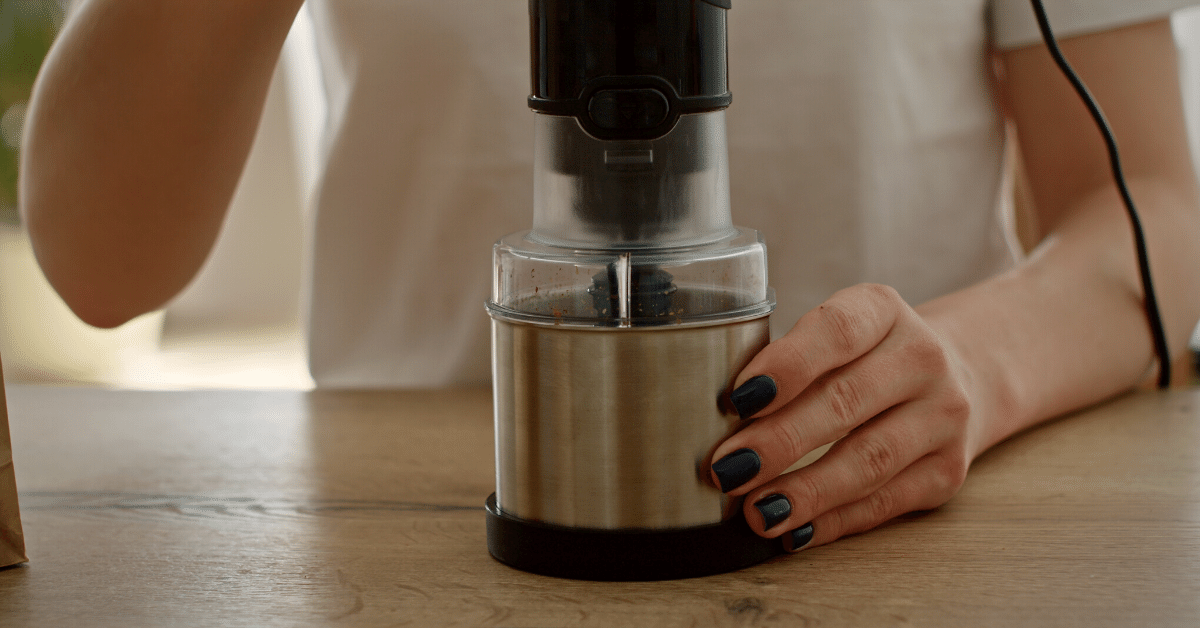
Of course, the main difference between these 2 appliances is that a coffee grinder is specifically designed to grind coffee. So naturally, it’s able to achieve a consistent grind every time.
A coffee grinder can use either blades or burrs to make coffee particles. A burr grinder is a much better option than a blade grinder.
- Burr grinders have 2 abrasive surfaces that move in opposite ways. And while doing so, they grind the beans between them.
- A blade grinder features 2 blades that chop through the coffee beans. The result the blades make is much less consistent than burr grinders.
However, in both cases, you’ll get coffee particles that are more similar in size than ones gotten with a food processor.
NOTE
Grind consistency is important because uneven grounds lead to unevenly extracted coffee.
The thing with a food processor is that it’s designated to chop veggies and other food. And it does that with multiple blades and discs.
While that works great when cutting carrots, for instance, it doesn’t work as well with coffee beans. With so much space inside, the coffee beans don’t always get sliced through evenly.
Other Ways to Grind Coffee Beans Without a Grinder
No grinder or food processor available?
It’s not the end of the world.
There are a few other options you have in your kitchen that can work.
Blender
When it comes to chopping down food, a blender and food processor will give you different results. But as far as coffee grinding goes, the blender works on the same principle as a food processor.
When using a blender to make ground coffee, remember to keep the burst period short. You don’t want the heat to affect how your coffee ends up tasting.
Mortar and Pestle
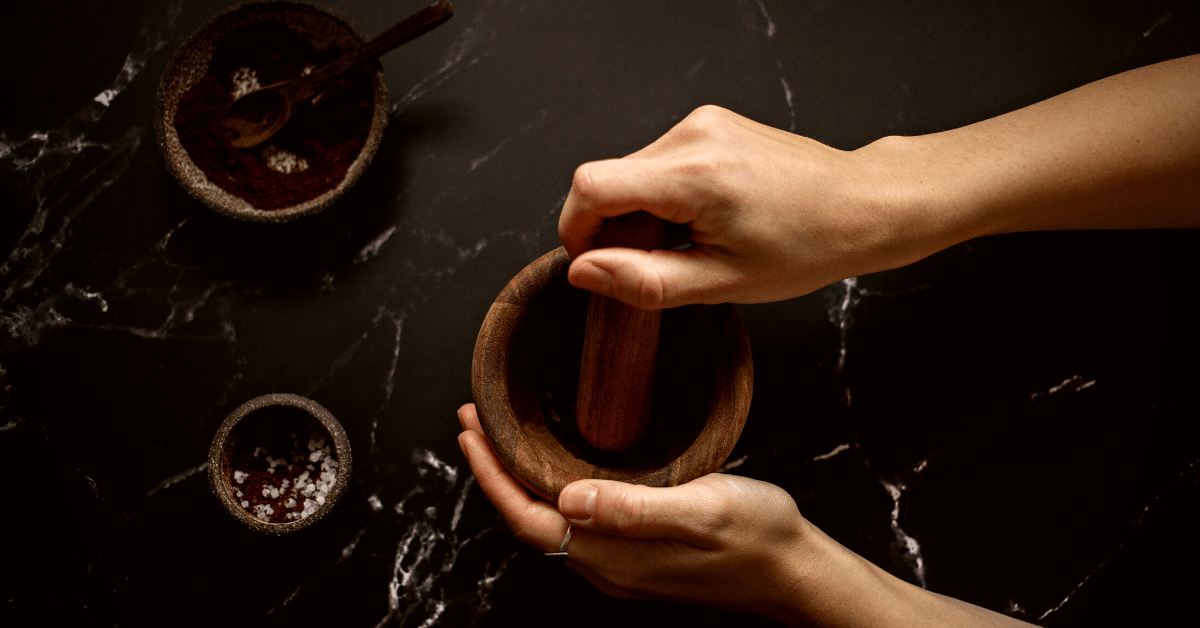
Centuries ago, this was the grinder of choice when it came to coffee. In fact, whichever ingredient you put in, turns into powder with a bit of work.
What I like about this method is that it makes coffee beans release oil. This, in turn, causes your coffee to be more full-bodied and with a richer flavor profile.
The only annoying thing about using mortar and pestle is that you can’t make a large batch at once. In fact, you can’t fill more than ⅓ at a time without spilling the grounds around.
Plus, you need to use your own force to smash the beans. While this can be a nice exercise, it’s not exactly as convenient as an electric machine.
Rolling Pin
Aside from making pastry, this kitchen tool can also work for making coffee grounds as well.
What you’ll need is a resealable bag. The reason we use it is to avoid grounds going all over the place.
The whole process is pretty simple. You just need to roll the pin over the bag filled with coffee beans until they’re ground.
Hammer
With a hammer, you also need a zip bag to prevent grounds from getting everywhere.
But instead of rolling, you should smash the coffee beans.
It’s a bit more work for your arms, but you can get pretty decent results with a hammer.
To Sum Things Up
As you can see, a food processor is a decent replacement for a coffee grinder.
The final result won’t be as consistent as you might want it, but it definitely works.
And what’s even better is that you can make different ground sizes with this appliance. Just remember to make small batches and take it slow.
Wondering if you can make a cup of java without actually grinding coffee beans? Here’s our article on whole-bean coffee brewing.

